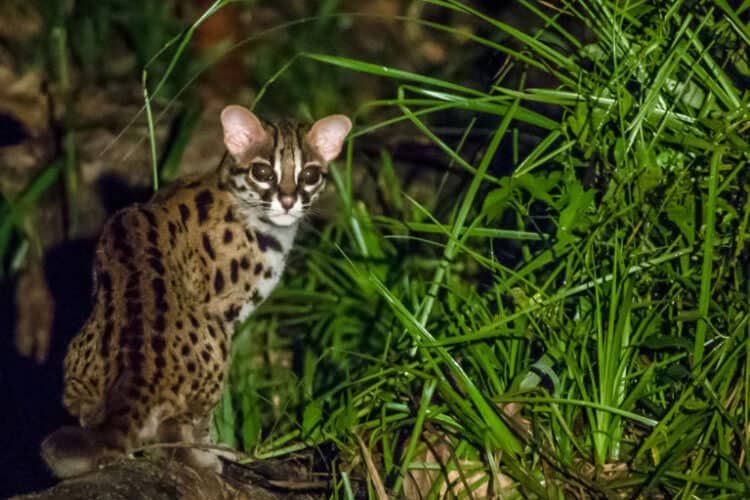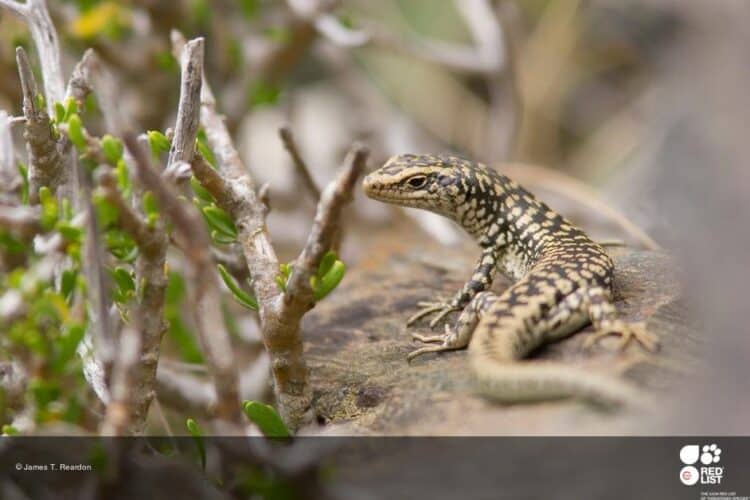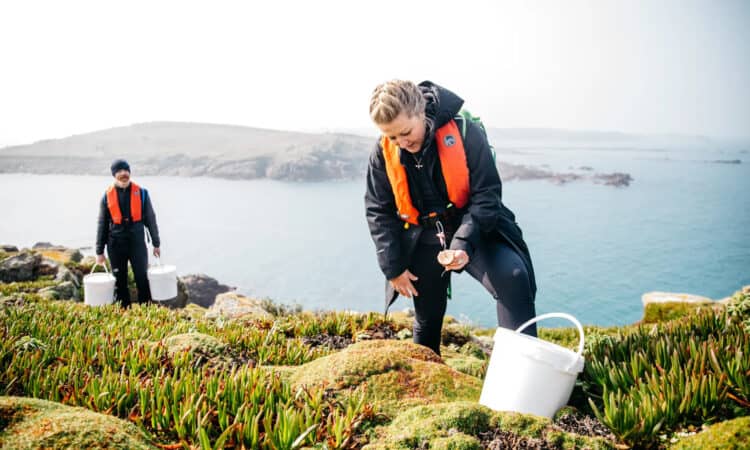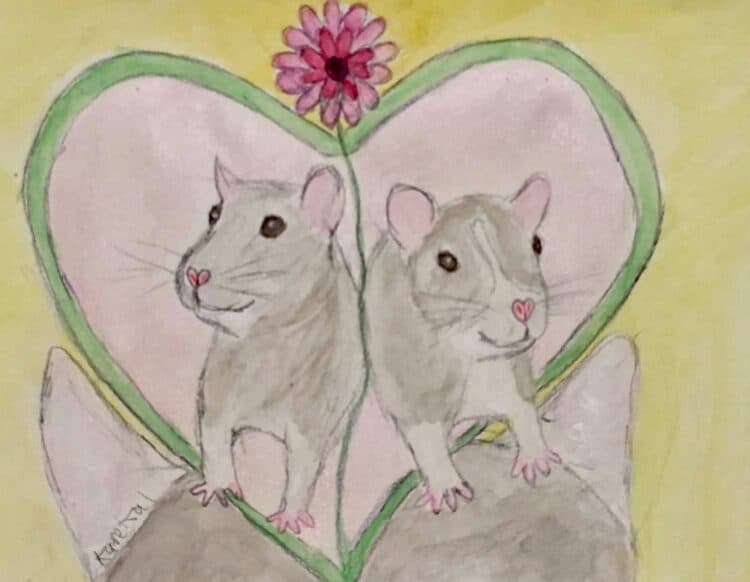State regulators in California have opened the door to what could be a big win for wildlife, pets and people by launching a reevaluation on a potential ban of super-toxic rat poisons.
While there are a number of different types of rodenticides, the worst ones around are second-generation anti-coagulant rodenticides, which include brodifacoum, bromadiolone, difethialone and difenacoum.
These poisons aren’t just deadly, but leave their victims to suffer a slow, painful and incredibly inhumane death from internal bleeding.
Because the poisons work so slowly, victims may consume large quantities over days, and once they die they become a highly toxic meal for predators and scavengers as they work their way through the food chain.
Unfortunately, they’ve continued to poison dozens of both target and non-target animals, and put people and pets at risk.
In addition to causing cruel deaths, the use of both first and second generation poisons have also been documented to cause other problems for wildlife, including chronic mange.
In 2014, a popular mountain lion, known as P-22, who famously appeared in an iconic photo on the cover of National Geographic, gave another face to the problems our use of these anticoagulant rodenticides causes wildlife after being captured and treated for exposure.

That same year, regulators took action by making them unavailable to everyday consumers, but they exempted pest control companies and agricultural users, which has left a big problem – these poisons were still being put into the environment.
Now, however, legal pressure has spurred the Department of Pesticide Regulation to reevaluate whether or not seven of thee toxic poisons should be in use at all following an analysis that found these super-toxic rat poisons in more than 85 percent of mountain lions, bobcats and protected Pacific fishers who were tested.
According to the Center for Biological Diversity, these toxins were also found in seven out of ten endangered northern spotted owls tested and 40 percent of tested barred owls.
“This alarming new evidence should spur the state to ban these dangerous poisons,” said Jonathan Evans, legal director of the Center for Biological Diversity’s environmental health program. “There are safer, cheaper alternatives that greatly reduce risks to wildlife, pets and children. Pesticide regulators have no excuse for continuing to allow California’s wildlife to die slow, excruciating deaths.”
Now, the public is getting a chance to weigh in on this issue through January 16, and conservationists are hoping enough pressure will lead to a full ban that will get these highly toxic poisons out of our environment for good.
TAKE ACTION!
You can help by signing and sharing the petition calling on the Department of Pesticide Regulation to ban super-toxic rat poisons.
For more on safe, effective and humane alternatives check out SafeRodentControl.org.
This article was first published by Care2.com on 17 Dec 2018.







Leave a Reply